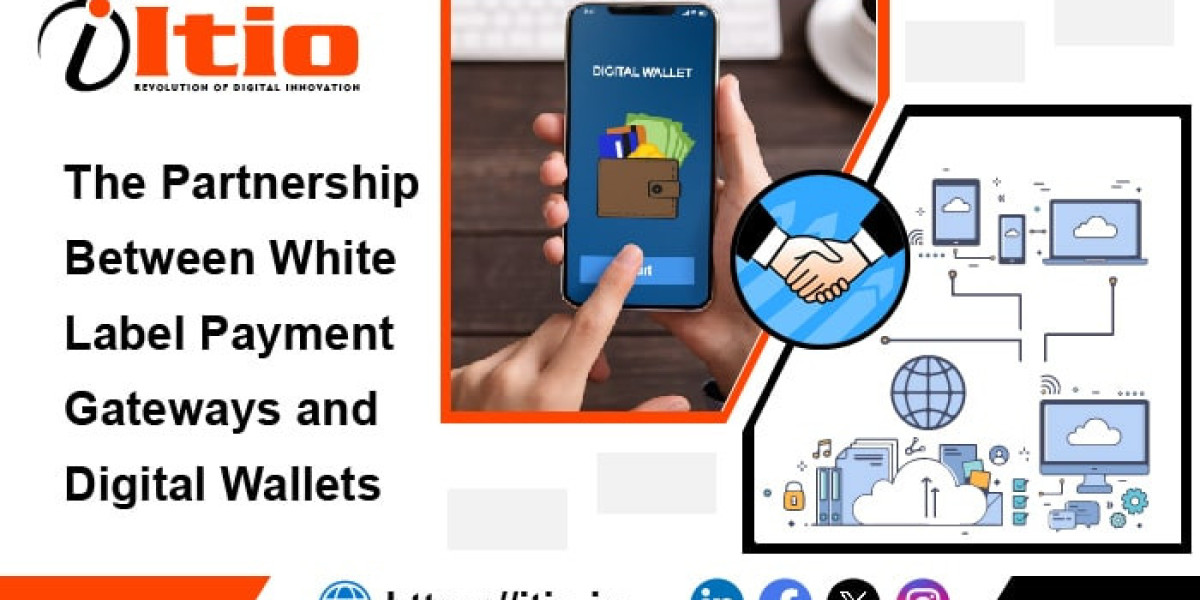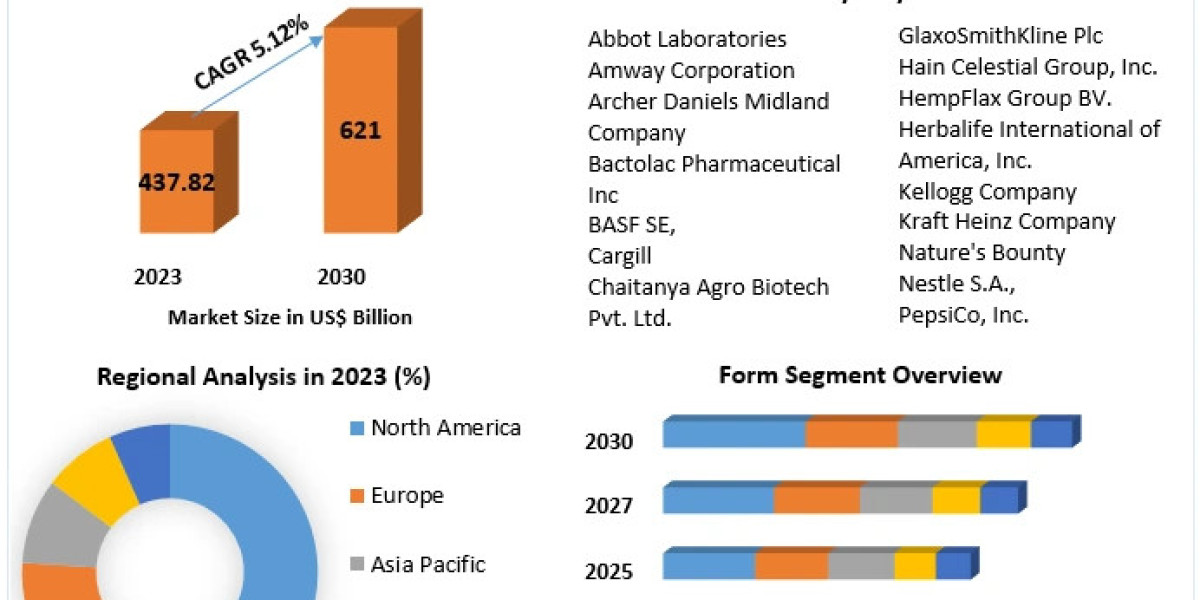In today’s tech-savvy world, more and more businesses are embracing the concept of white-label payment gateway solutions while more and more customers are embracing the concept of digital wallets. Both these modes support multiple currencies and payment methods that provide customers the comfort and convenience of paying in their preferred currency without worrying about exchange and conversion rates.
Let us read more about a white-label payment gateway solution and digital wallet and how & why they can be associated.
What is a white-label payment gateway solution?
A white-label payment gateway solution can be defined as a fully developed, customizable, scalable, frictionless, and ready-to-use payment gateway solution that accepts different currencies and payment methods.
This solution allows businesses to hit the market without waiting for months and even years to build a custom payment processing solution. A white-label payment gateway solution is a fully brandable solution that means businesses can use it almost instantly and design, customize, and brand it according to their specific business needs.
What is a digital wallet?
It can be described as a cloud-based software, software app, or online payment tool that serves as an electronic version of a physical wallet. Digital wallets are also referred to as e-wallets, mobile wallets, or electronic wallets that allow users to store digital versions of payment methods and others (such as debit cards, credit cards, passwords, coupons, boarding passes, event tickets, gift cards, and cryptocurrency) securely to use on the go with their smartwatches or smartphones.
Digital wallets can be used to make purchases online, in-store, or via digital wallet apps. For instance, a contactless payment terminal may be used for in-store purchases by tapping a payment-enabled smartphone/smartwatch or a contactless credit card over the contactless payment terminal.
It is important to remember here that digital wallets employ numerous technologies, including but not limited to mobile hardware devices, security methods like tokenization, near-field communication (NFC), or mobile apps to create an ostensibly secure, mobile, and user-friendly payment experience. Users are required to submit their card information to the digital wallet site or app. This information gets encrypted and the digital wallet is ready for use once the device (smartwatch or smartphone) is unlocked to authorize the wallet. The user then needs to hold their device close to the contactless terminal to make a digital payment.
Some of the most popular technologies that are employed by mobile wallets include quick response (QR) codes, magnetic secure transmission (MST), and near-field communication. On the other hand, some of the most popular digital wallets include Apple Pay, Google Pay, Samsung Pay, CashApp, Paytm, and PayPal One Touch.
In recent months, more and more customers are switching to digital wallets because of the comfort and convenience aspects. According to the "2022 Global Payments Report" by Worldpay from FIS, the use of digital wallets will account for more than 52.5 percent of all eCommerce transactions globally as against 48.8 percent in 2021.
One of the biggest advantages of digital wallets is that they are highly useful to streamline and expedite the otherwise complicated checkout process. This is primarily because consumers don't have to fill out or submit lengthy checkout forms or pages. It is a win-win for businesses as well as consumers as faster checkouts encourage consumers to continue with their shopping carts which, in turn, significantly improves the conversion rates for businesses while reducing customer churn.
Secondly, tokenization is employed by digital wallet providers that is transaction-specific and encrypts credit card details to prevent hackers and fraudsters from gaining unauthorized access to critical personal and financial data of consumers. Digital wallets also relieve consumers from physically carrying their debit or credit cards at all times. If this is not all, digital wallets also help businesses gain insights into the spending habits and buying preferences of consumers. This helps in creating more targeted and customer-centric marketing campaigns and boosting upselling and cross-selling.
Association Between White Label Payment Gateways and Digital Wallets
White-label payment gateways allow businesses to go online and accept credit card and digital wallet payments in a secure environment. Today, more and more businesses are focusing on innovative white-label payment gateway solutions and security mechanisms. This is one of the biggest reasons why they are now investing heavily to stay compliant with industry regulations such as the General Data Protection Regulation (GDPR) and the Payment Card Industry Data Security Standard (PCI DSS).
The best thing is that both a white-label payment gateway solution and a digital wallet allow consumers from all parts of the world to buy products and services of their choice as they support multiple currencies and payment methods. This, in turn, improves transactions both domestically and across borders.
The integration of a digital wallet functionality into a white-label payment gateway solution can significantly improve the overall payment experience for both consumers and businesses. Businesses can streamline the otherwise complicated process of shopping cart checkout and minimize friction during transactions by enabling users to store their payment credentials securely within the digital wallet. Also, the seamless integration of digital wallets within white-label payment gateways can help businesses gain invaluable customer insights to make more informed business decisions by leveraging customer data.
Also, the use of digital wallets can mitigate the risk of card-not-present fraud which is one of the biggest challenges for every business accepting card payments today. This added layer of payment security promotes trust in the payment process and instills confidence among consumers.
In the coming future, we would possibly see more adoption of blockchain-based digital wallets and the integration of technologies such as artificial intelligence (AI) and machine learning (ML) in digital wallets. Also, businesses that accept digital payments are more likely to focus more on the implementation of robust security measures, such as biometric authentication and multi-factor authentication, to safeguard sensitive customer information.
Need help with an innovative white-label payment gateway solution or integrate a digital wallet functionality into a white-label payment gateway solution to redefine the success of your business? Contact us at ITIO Innovex today.








